Should we be making a greater effort to use Māori bird names in science communication and environmental reporting – promoting their wider everyday use in the community? The answer seems an obvious yes! If fact we already have tūī, kea and kākā, for example. So what’s stopping us?
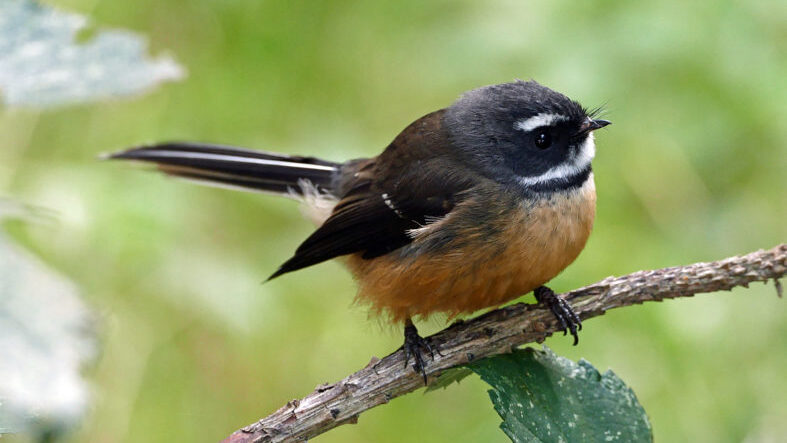
Priscilla Wehi, Lyn Carter, Te Waiarani Harawira, Gerard Fitzgerald, Kelvin Lloyd, Hēmi Whaanga and Catriona J. MacLeod put the case for enhancing awareness and adoption of cultural values through use of Māori bird names in science communication in a recent article published in the New Zealand Journal of Ecology. They explain why it’s important and why it’s not quite as easy as you might think.
Did you know, for example, that there are 19 known variants for the Māori name for fantail. Pīwakawaka is just one of them – and is only used by some iwi, such as Kai Tahu in the South Island.
“Amongst Māori language speakers, commonly heard words for fantail include tīrairaka, pīrairaka and pīwaiwaka. In total there are 19 recorded variants for the ‘NewZealand fantail’: hīrairaka; hītakataka; hīwai; hīwaiwaka; hīwakawaka; kōtiutiu; kōtiutiu; pīrairaka; pīrakaraka; pīrangirangi; pītakataka; pīwaiwaka; pīwakawaka; tīaiaka; tīaka; tīakaaka; tieaka; tīrairaka; tīrakaraka; tītaiwaka; tītakataka; tītakataka; tītīrairaka; tīwaiwaka; tīwakawaka; wakawaka. This high variability of Māori names for this one species illustrates the range of dialectical and spelling variants, and the variance in the marking of vowel length.”
So making more use of Māori bird names isn’t always going to be straightforward. But there are good reasons why we should make the effort, as the authors explain:
“Indigenous languages worldwide are under threat, and Māori is no exception. Indeed, the risk to indigenous languages greatly exceeds extinction risk to birds and mammals. Language is a primary means for expressing the connections between humans and nature. Like species, languages have high diversity; they differentiate over space and time and emerge and disappear much as species do.”
Those regional differences add to the richness of the information they express.
“Regional nuances in language can tell us much about locally distinct human relationships with biodiversity, such as those held by hapū, or sub-tribal groups, and iwi, or tribal groups. Increasing interest in the Māori language, te reo Māori, allows expression of some of these connections for Māori and non-Māori. Using Māori species names would help incorporate indigenous ecological knowledge in reporting, acknowledge indigenous relationships with the environment, and support the retention of the Māori language and its dialects.”
The authors were prompted to write their article following a recent MBIE-funded project on birds as indicators (Building Trustworthy Biodiversity Indicators; TBI), which stimulated conversation on the use of Māori bird names in reporting.
“Discussion with communities about the dissemination of scientific knowledge highlighted that using Māori bird names and Māori ecological knowledge in reporting can support science communication and engagement by reaching segments of the public that tend to be under-engaged in science. In addition, such initiatives can help to sustain the Māori language for all New Zealanders, a responsibility embedded in one of our founding documents, Te Tiriti o Waitangi. However, scientists and policy makers have a number of issues to resolve around both communication and reporting. In this paper, we highlight some of these issues, and illustrate potential approaches and solutions using examples from the Building Trustworthy Biodiversity Indicators project.”
As part of the TBI research programme, the researchers asked how Māori bird names could be better used in both national and regional reporting in a way that honours the relationship of Māori with birds.
“We include observations offered in two focus groups, from Karitāne in the South Island and Hawke’s Bay in the North Island, that relate to our work on Māori bird names specifically. In brief, these groups consisted of Māori community members in the Hawke’s Bay of the North Island, and a mixture of Māori and Pākehā community members based at Karitāne in the South Island. There were between five and eight individuals in these groups, ranging in age from 10 years old through to kaumatua, or elder, status.”
The authors outline some of the issues that arise when using Māori bird names in reporting, then discuss pathways for dealing with these.
Visibility of Māori bird names
“The TBI research found that New Zealanders enjoy using and finding out about Māori bird names and do so as an expression of their identity and connection to New Zealand. Some might argue that using only scientific names is appropriate for biodiversity reporting, as it avoids confusion about specific species identifications and follows international taxonomic convention. That is, an important concept in the Linnaean naming system is that there is a single published scientific name linked to a single species. However, among communities, Māori and common English names are preferred since, as one person observed, “we do not relate to the Latin names at all” (Karitāne focus group).”
New Zealand birds have very few Māori words incorporated into species names.
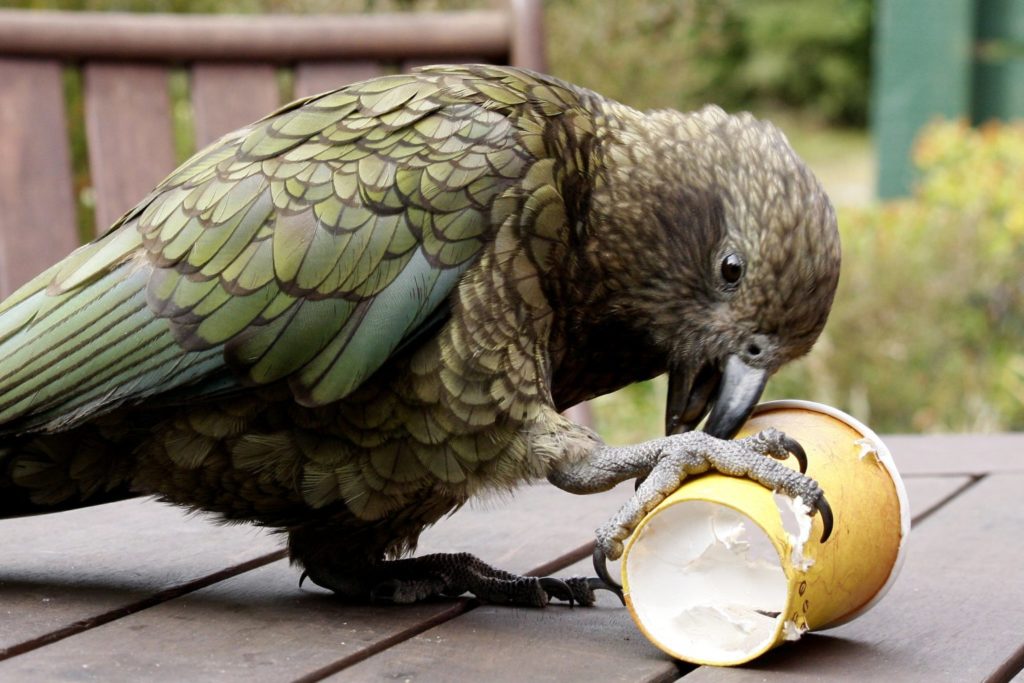
“From the focus group comments, it is clear that use of Māori bird names in local biodiversity projects helps build awareness of biocultural connections and Māori values in communities. One focus group participant commented that “The beautiful thing about those Māori names is that they have their own whakapapa. There is a specific reason for every one of those names” (Karitāne focus group).”
“Whakapapa refers to genealogical connections, but also to the stories that explain the meanings behind these names. In addition, many Māori bird names contain embedded ecological knowledge. For example, they may be based on the calls that birds make, or their appearance. This embedded knowledge aids recognition of these species in the field and helps to correctly assign Māori bird names to the appropriate bird species. Furthermore, Māori bird names are endemic to Aotearoa, as are most of our native birds. Māori bird names thus provide a globally unique identifier for our globally unique avifauna.”
Using Māori bird names in reporting, as well as research and conservation activities, can raise awareness of the Māori species names themselves, in addition to the cultural value of species. A nationwide conservation drive can also provide a good platform for raising awareness of Māori bird names and values.
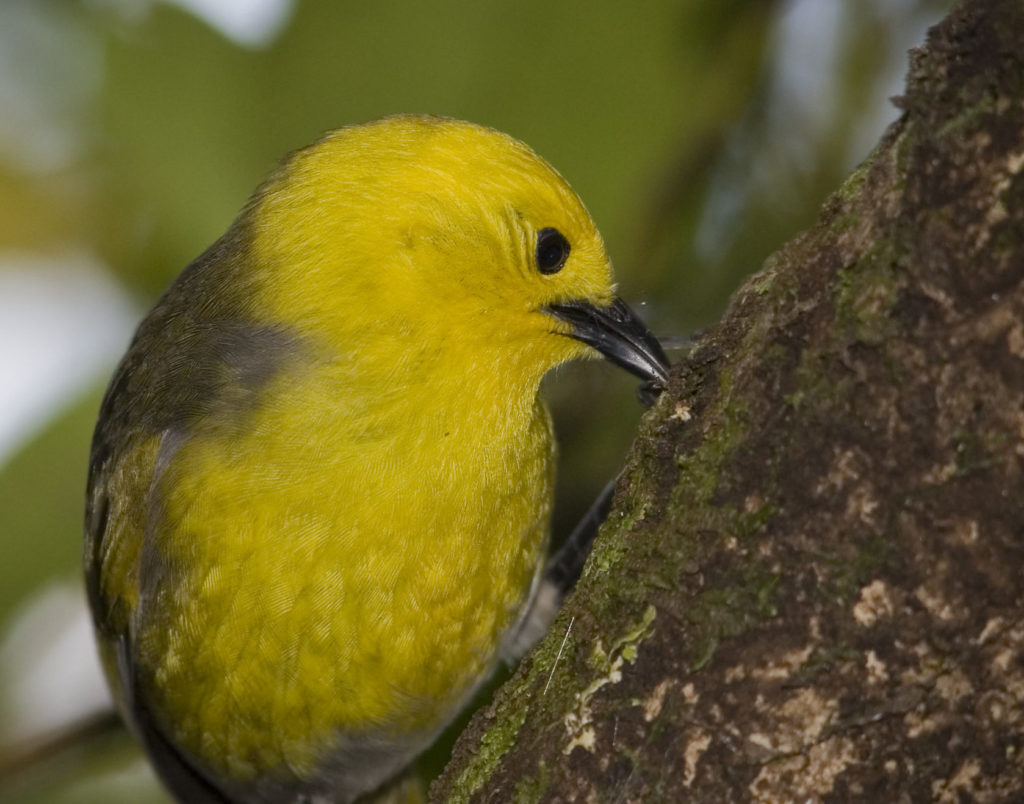
“In the early 1990s, a campaign launched for a threatened endemic bird, the yellowhead (Mohoua ochrocephala), used its Māori name, mōhua, in social media and publicity as well as research publications. Prior to the mid-1980s, this now southern-distributed species was rarely mentioned in newsletters published by the Ornithological Society of New Zealand’s Otago branch; over the next three decades, this species’ profile increased in these publications, along with use of its Māori name. Meanwhile, the names of some common species remained unchanged: bellbird and tūī, for example, always occurred in English and Māori respectively. This suggests the mōhua campaign successfully raised awareness and adoption of its Māori name within this community of bird enthusiasts.”
Multiplicity of names
The second challenge is the multiplicity of names, of which the fantail, with its 19 variant names is just one example. The New Zealand robin has 34 Māori names and the bellbird 33! Increasing the visibility of more Māori bird names engages people in the community and acts as a learning tool, however, it is not always clear how these names are related or which ones to use.
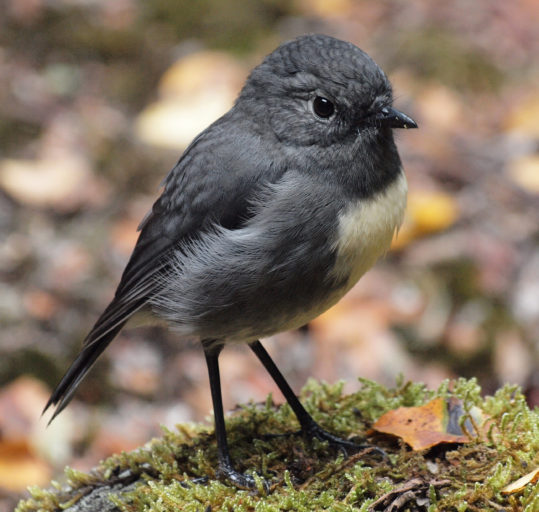
“National reporting is particularly problematic in this regard. Some names that are apparently different instead simply express dialectal forms of the same word. For example, the national report on the state of birds (PCE, 2017) used ‘tarāpunga’ for red-billed gull and ‘tarāpuka’ for black-billed gull when these are actually dialectal variants of the same word in Māori: the South Island Kai Tahu dialect replaces the ‘ng’ sound with a ‘k’ sound, but in the Waikato dialect there is no such replacement of the ng sound with a k, and ‘tarāpunga’ therefore refers to both species. This error is perpetuated on NZ Birds Online. Another issue is that Māori may not recognise, classify and name birds at species level.”
A common issue is the promotion of one ‘correct’ Māori name for a species, such as pīwaiwaka for the fantail.
“In the late 19th Century, Māori bird names were taken from the works of prominent Pākehā who lived and worked with particular iwi. This is how the names used by certain iwi became more prevalent in recent usage than other tribal names for the same bird. This trend to use the dominant term masks the particulars of Māori ecological knowledge: often the predominately used word may be only one of a suite of names used for a particular species.”
Take the tūī, for example.
“Although the dominant name used by non-Māori speakers has varied over the years, tūī is in almost universal usage among non-Māori speakers today. However, the Māori name kōkō, favoured and still used by many Māori speakers, remains largely unrecognised, as are many of the variants that embed information about the sex of the bird, the season in which it is seen, and its activity. Māori names for tūī, for example, recognise its sexual size dimorphism, a trait only formally quantified in the scientific literature recently. It is clear that much of the Māori environmental knowledge associated with the kōkō, and communicated by variations in the Māori name, remains poorly acknowledged and reported, as is likely the case with other bird species.”
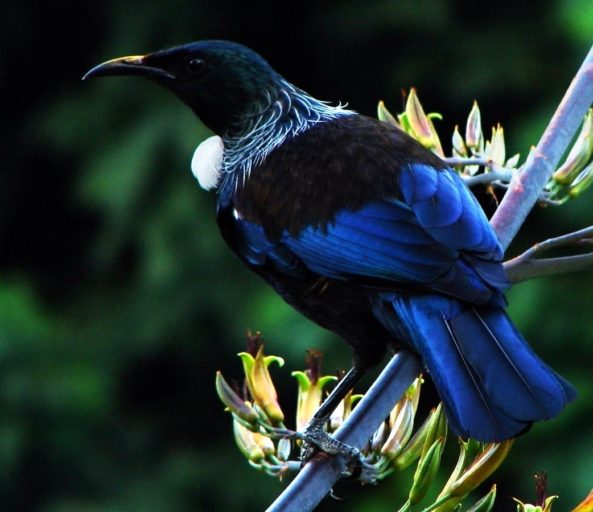
Species names are often associated with landscapes of particular iwi and local knowledge of that landscape.
“Knowing why names vary regionally is important as they serve different purposes and connect to different knowledge traditions. Bird names (like place names) are keys to unlocking hapū understandings of the local landscape, mahinga kai, or food gathering, sites, whakapapa, or genealogical connections, and resource tenure. The names also relay important information about the local ecosystems and how birds adapt and shift in response to dynamics in that environment, such as changes in the type and availability of current and future food sources.”
So how do we determine the ‘correct’ name to use?
“To create a list of single preferred Māori names for each native New Zealand bird is a difficult and often controversial task. Māori name different ages, sexes, and growth stages of birds, based primarily on the species’ use and its role in whakapapa (genealogy) and mythology. For example, in the south of the South Island and Eastern Bay of Plenty, kōparapara is used to denote bellbird, although others say this term should be used only for female bellbirds. In reporting on biodiversity, we suggest that the use of regional name variants in reporting, that recognise the authority and guardianship of hapū, is an important way of incorporating their traditional ecological knowledge in any regional reporting, or indeed, national framework.”
People who report on New Zealand birds, including members of community groups, can help to spread knowledge of regionally-appropriate Māori bird names through providing these names at the same time the English common name is used, e.g. korimako/bellbird.
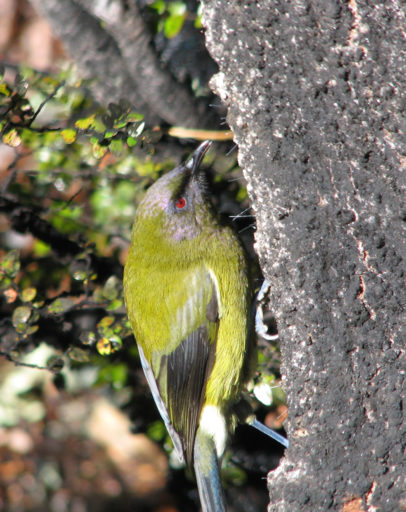
“Regional names can be used on signage, as is currently the case for Department of Conservation and regional council signs which use the appropriate regional name kūkupa north of Auckland for the kererū. With the increasing number of partnerships between scientists and communities throughout New Zealand, and the development of community engagement tools and outreach, researchers will therefore need to be aware of local linguistic variations and usages and avoid making value judgements about them, especially local variations.”
The authors also recommend building a national mapping tool that contains the regional contributions of hapū to help New Zealanders discover regional variants in species names and overcome information barriers.
“This kind of map would thus support the authority of hapū within a national framework, include material on the presence of birds in that area, and link to stories about those birds. That is, it would link to whakapapa, how known and connected. Currently, however, we do not know of resourcing for such an endeavour.”
The full article is published in the New Zealand Journal of Ecology and is freely available online.

